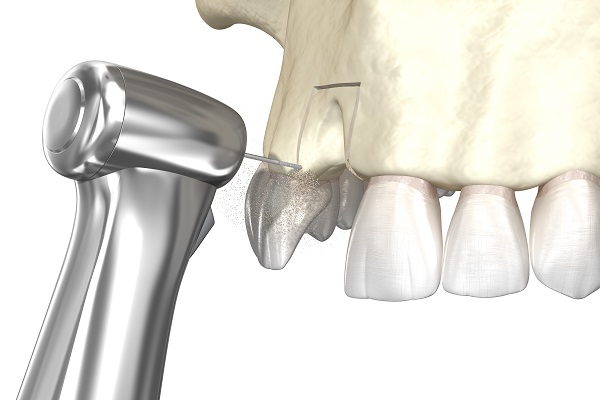Five Tips For Gum Graft Recovery

A gum graft is a dental procedure done in order to restore the health and appearance of the soft tissues of the mouth, also known as the gums. The soft tissues can become severely affected when gum disease or cavities are present, which often results in the need for a gum graft.
Gum graft procedures do require surgery, which means there is a semi-involved recovery process that follows. Just like with other dental surgeries, the recovery process is crucial for ensuring proper healing. Generally speaking, the recovery process ranges from a week to three, depending on the size of the graft, the genetics of the patient, and the area of the gums that were worked on. To find out more about recovery, read on.
Recovering from a gum graft
Outlined below are a few tips for gum graft recovery. These tips can be quite helpful when preparing for the procedure or for immediately after.
1. Avoid foods that are hard, sticky, and chewy
While it can be difficult to adapt to a soft and liquid diet, it is often necessary for a few days after a gum graft. Eating foods that are hard or chewy can be dangerous to the gums as they heal.
2. Consume a lot of vegetables and fruits
Whether the fruits and vegetables are soft or in smoothie form, both categories are extremely helpful for aiding in the healing process. It is highly recommended to consume spinach, kale, and other greens to help boost the immune system, which plays a big role in healing. Additionally, fruits like oranges and grapefruit contain a lot of vitamin C, which fights off infections that may arise during healing.
3. Take a few days off
Another tip is to take a few days off from work, school, and any activities requiring strength. In order for the oral cavity to heal, the entire body does have to rest and also heal. While it may be surprising, the entire body is affected by the gum graft procedure. The anesthesia required can take a toll on the body, and the open wound can also impact the body's need to fight off infection.
4. Make use of ice and cold packs
Ice and cold packs are the most traditional way to heal an aching wound. After a gum graft, the entire oral cavity is said to be pretty sore. Using ice or a cold pack in short increments can be helpful in reducing swelling and discomfort.
5. Take medications appropriately
Most of the time, prescribed pain medication will be given to the patient after the gum graft procedure. However, this supply is only usually given for a couple of days. After that, the patient is still likely to experience soreness and slight discomfort. Over the counter medications can be taken in moderation and with liquids to help with remedying.
Learn more about recovery
When curious about further gum graft recovery tips, it is best to consult with the dental professional performing the procedure. Patient-specific recommendations can be provided, and any questions or concerns can be addressed.
Request an appointment here: https://www.montgomerycountyperio.com or call Montgomery County Periodontal Associates at (281) 404-7548 for an appointment in our The Woodlands office.
Check out what others are saying about our services on Yelp: Gum Graft in The Woodlands, TX.
Related Posts
Gum grafting is a dental procedure to treat gum recession, where the gum line recedes exposing more of the tooth or its root. This condition can cause sensitivity, increased decay risk, and aesthetic concerns. Gum grafting techniques restore gum tissue to its original form to correct this issue.Gum grafting is the addition of tissue where…
A periodontist can treat various stages of gum disease, from gingivitis to periodontitis. Learning the answers to these common questions about gum disease can help patients understand when periodontal care is needed to achieve good oral and general health. Gingivitis is a mild and reversible form of gum disease that leads to swelling, redness, and bleeding…
An oral pathology must receive immediate treatment. This can prevent more complications later on. Your oral surgeon can help correct any dental problem. Here are the details about each common oral pathology and its corresponding treatment.This oral pathology results from a bacterial infection because of plaque buildup. Symptoms of this condition include gum bleeding and…
Are you considering getting a dental implant from a periodontist? Dental implants, also known as endosseous implants or fixtures, are a great solution for people who have lost teeth due to injury, disease, or decay. They can provide a long-term, stable solution for replacing missing teeth, and the process of getting an implant from a…
